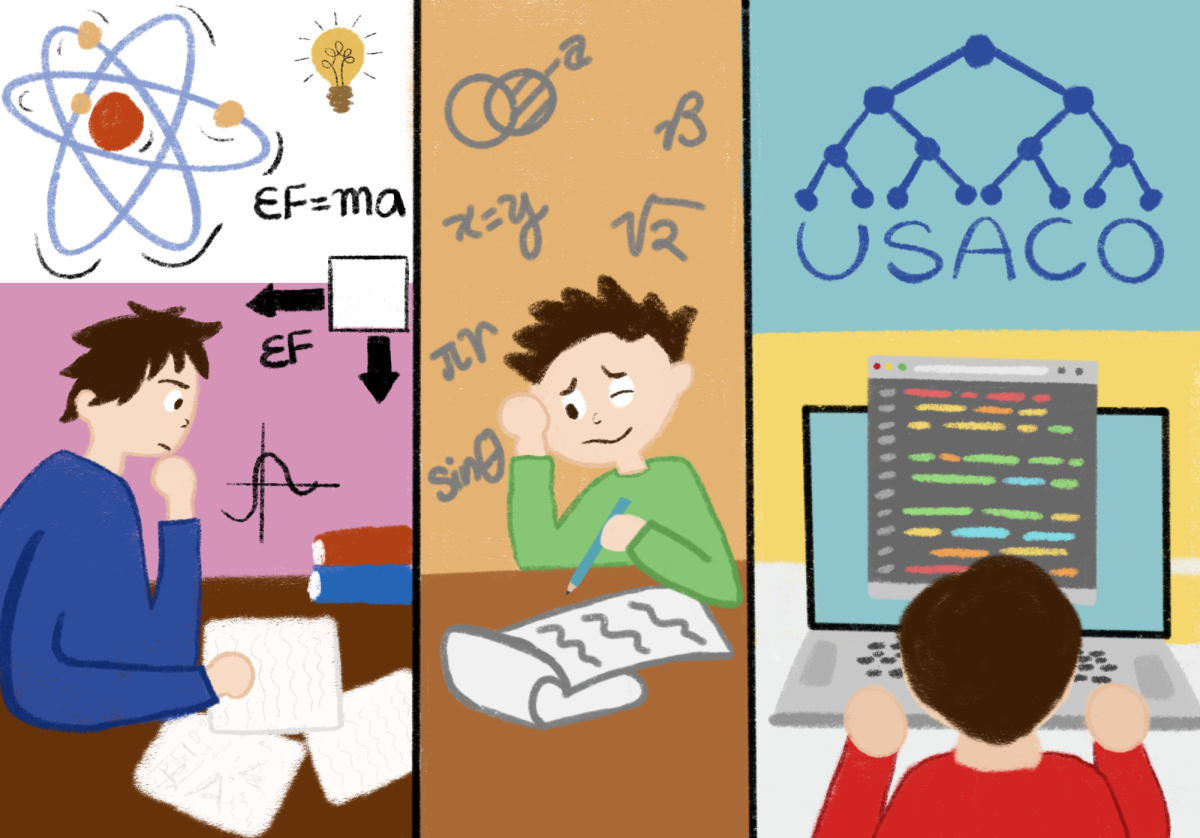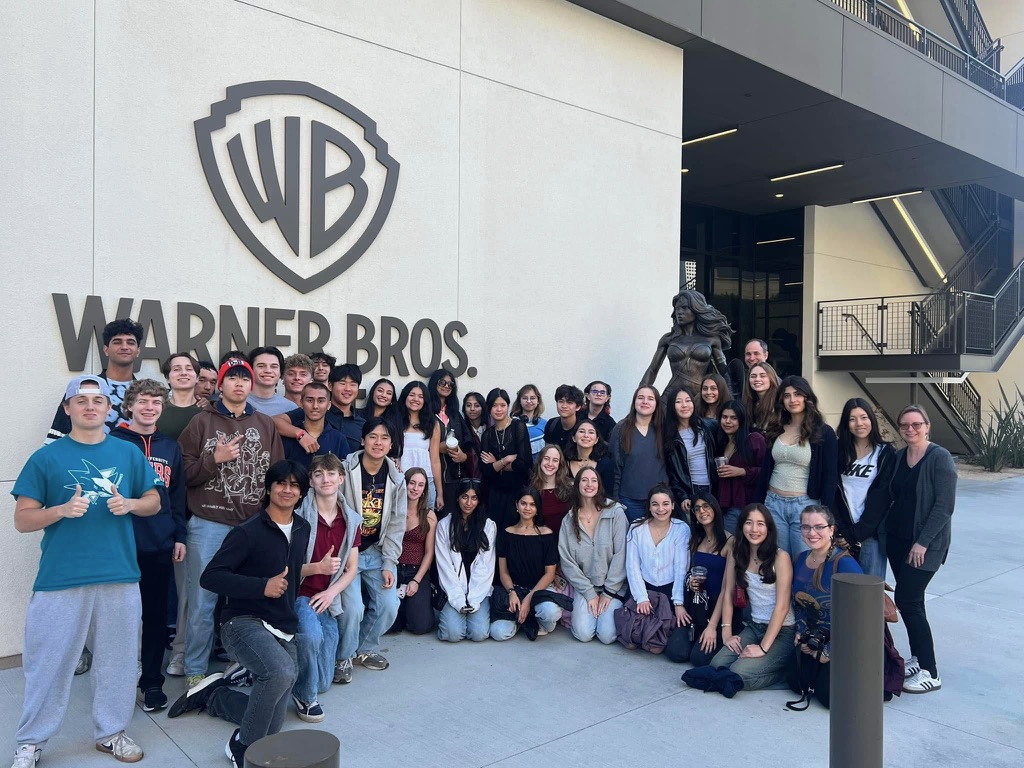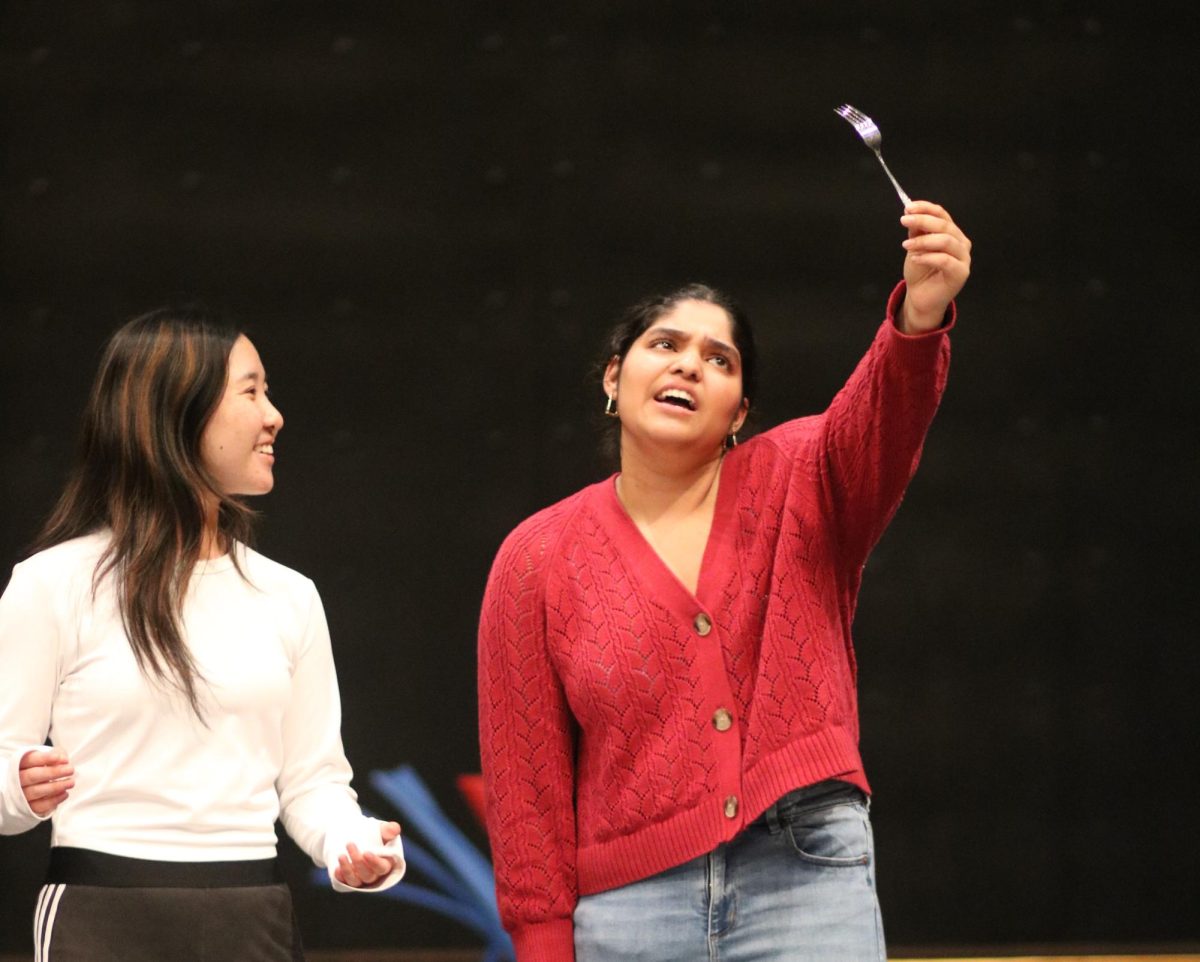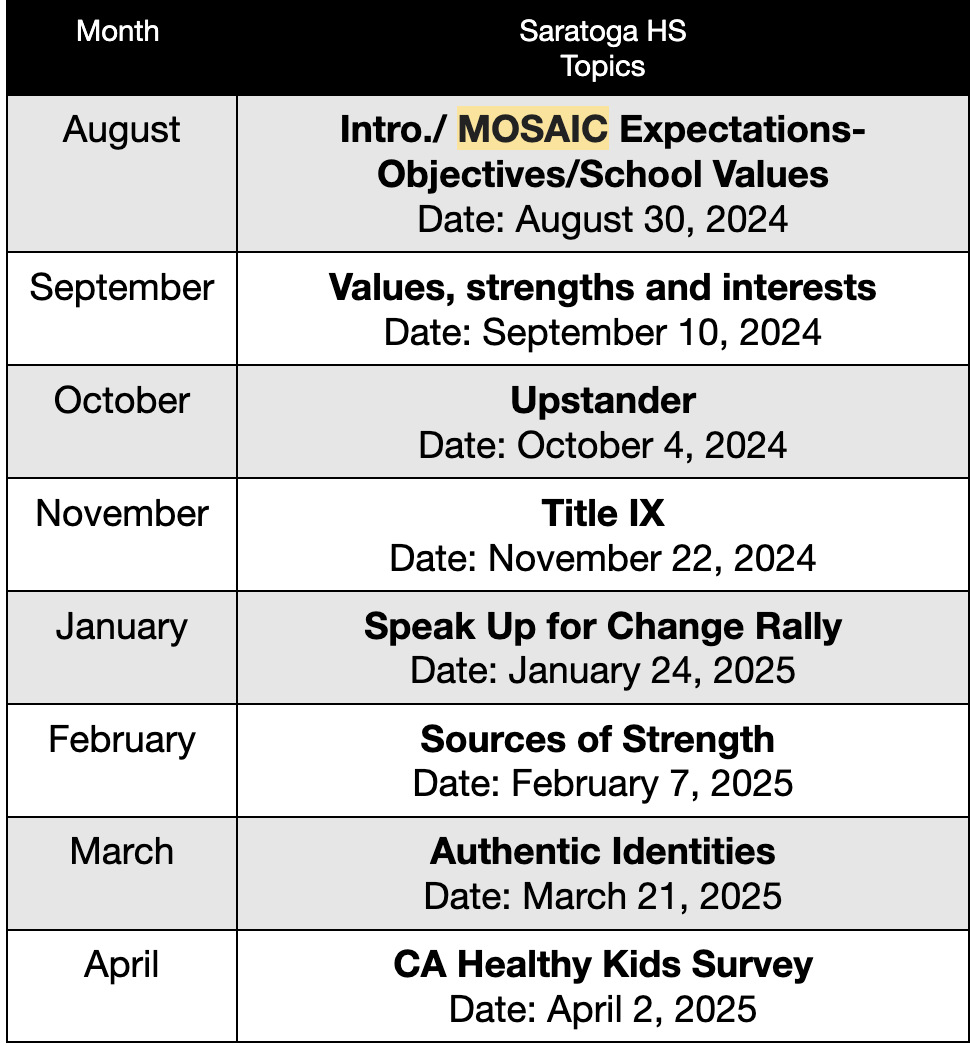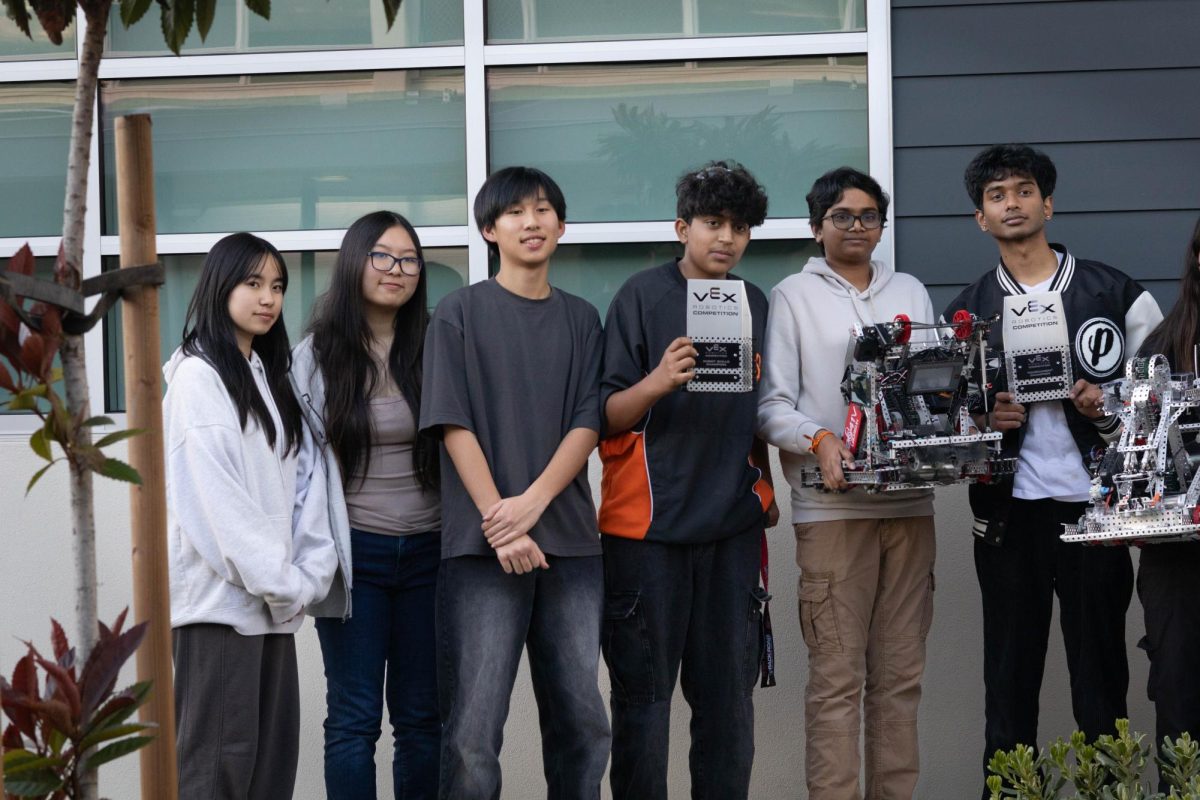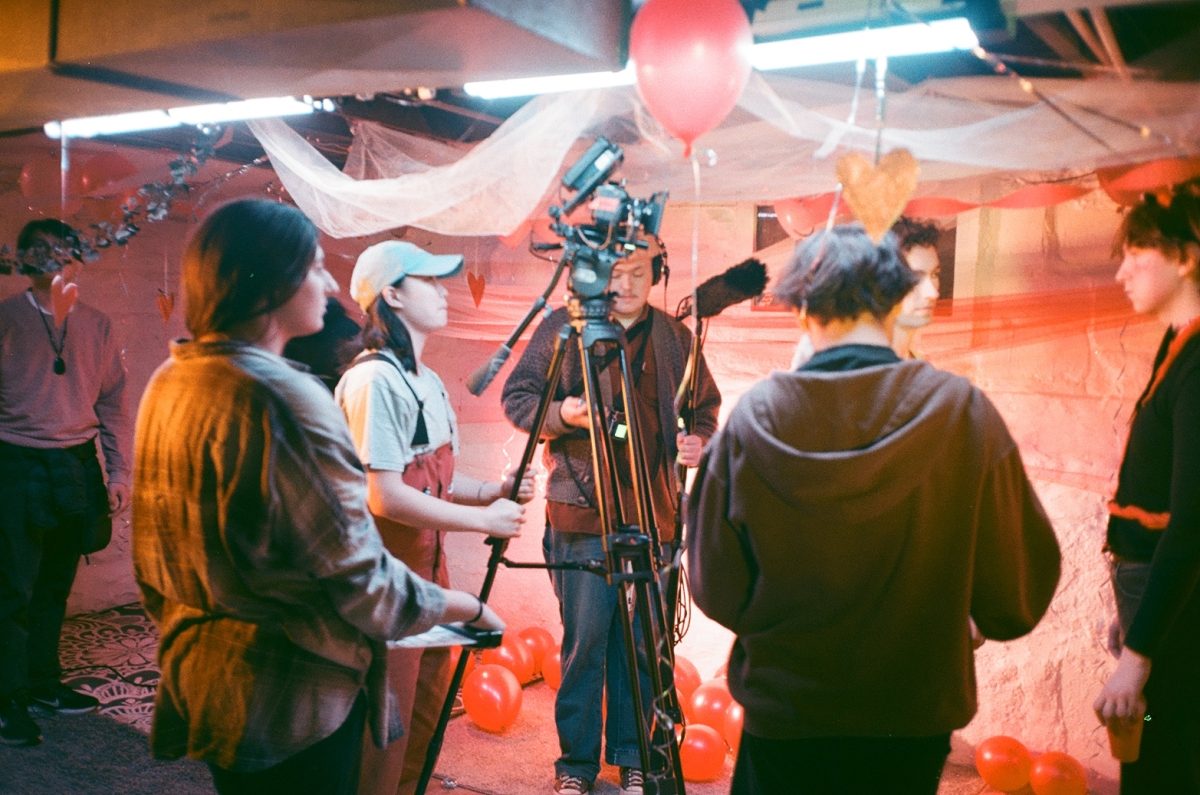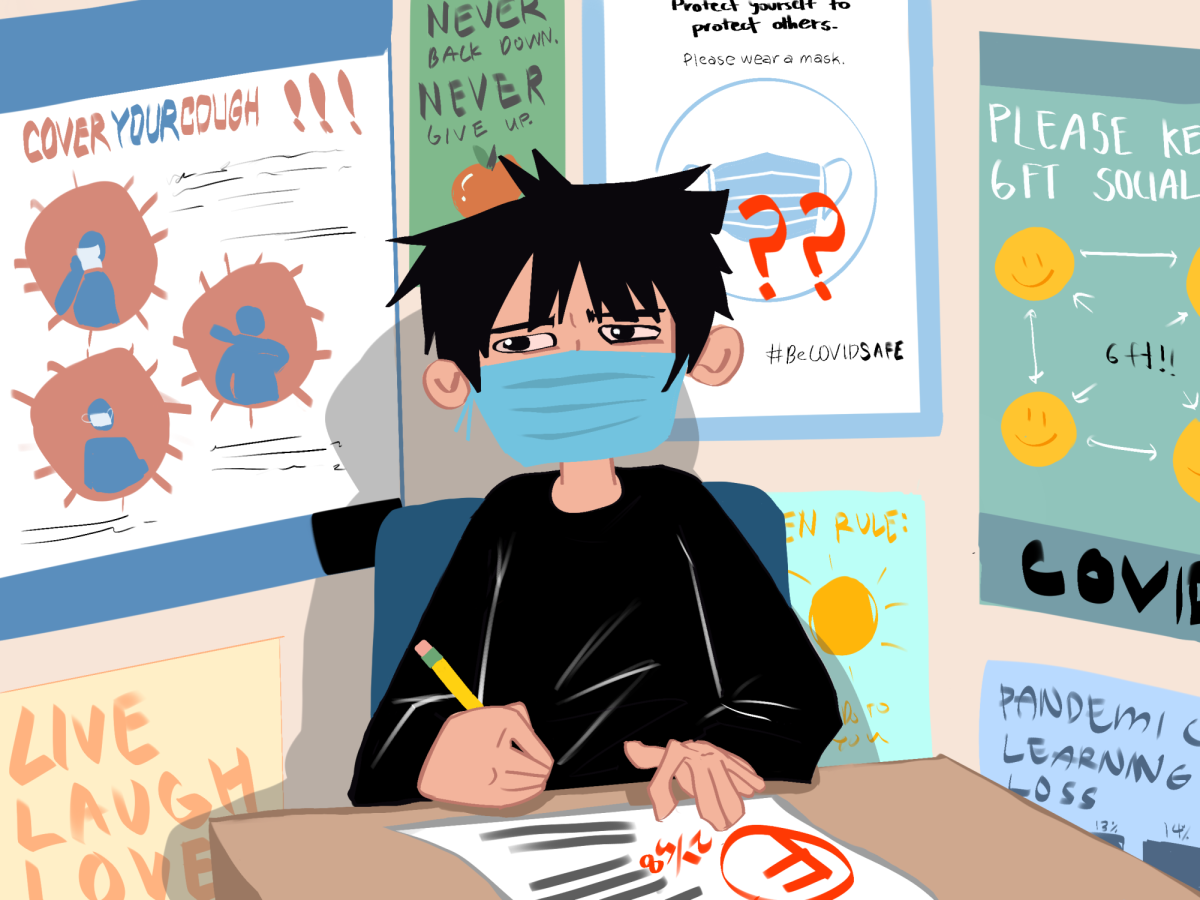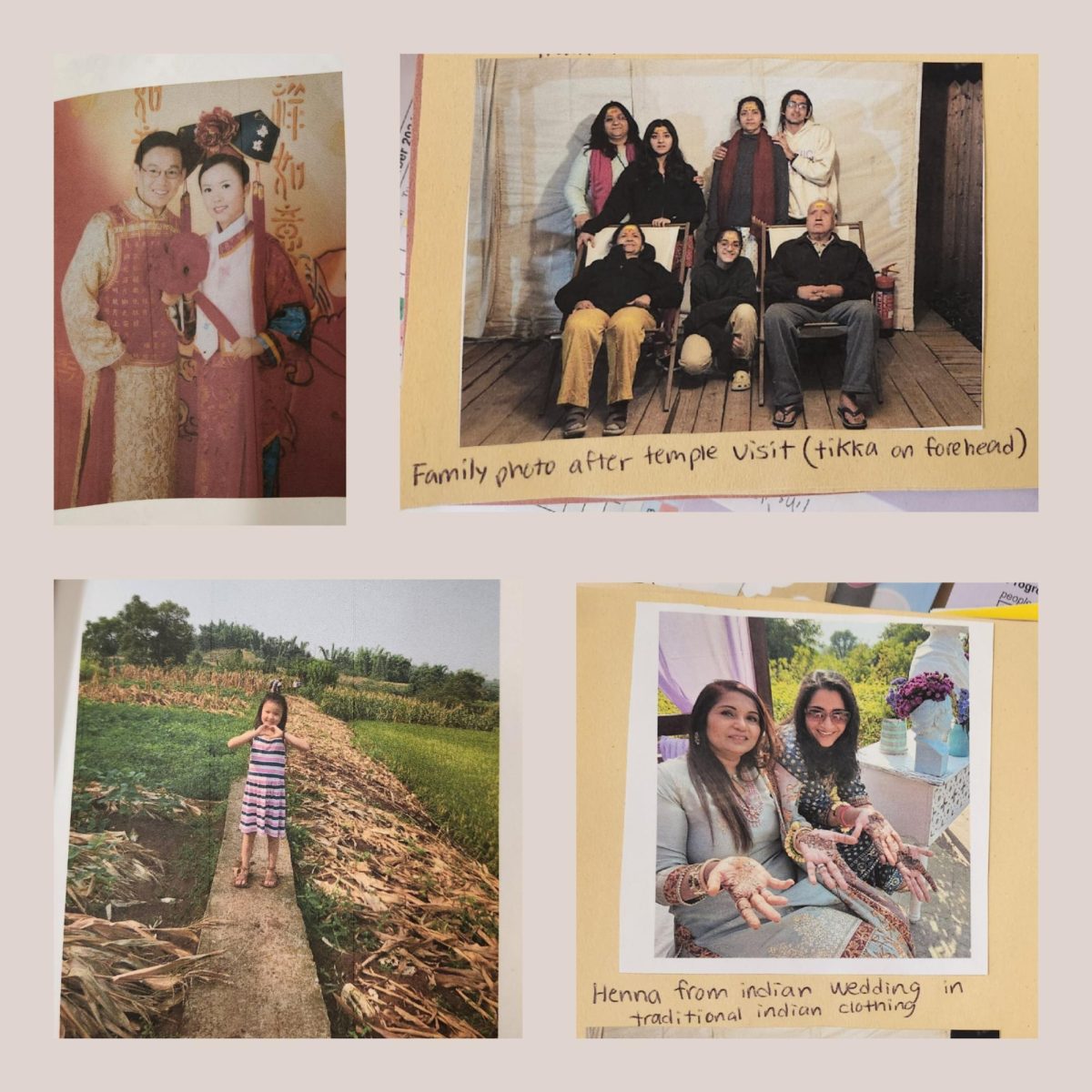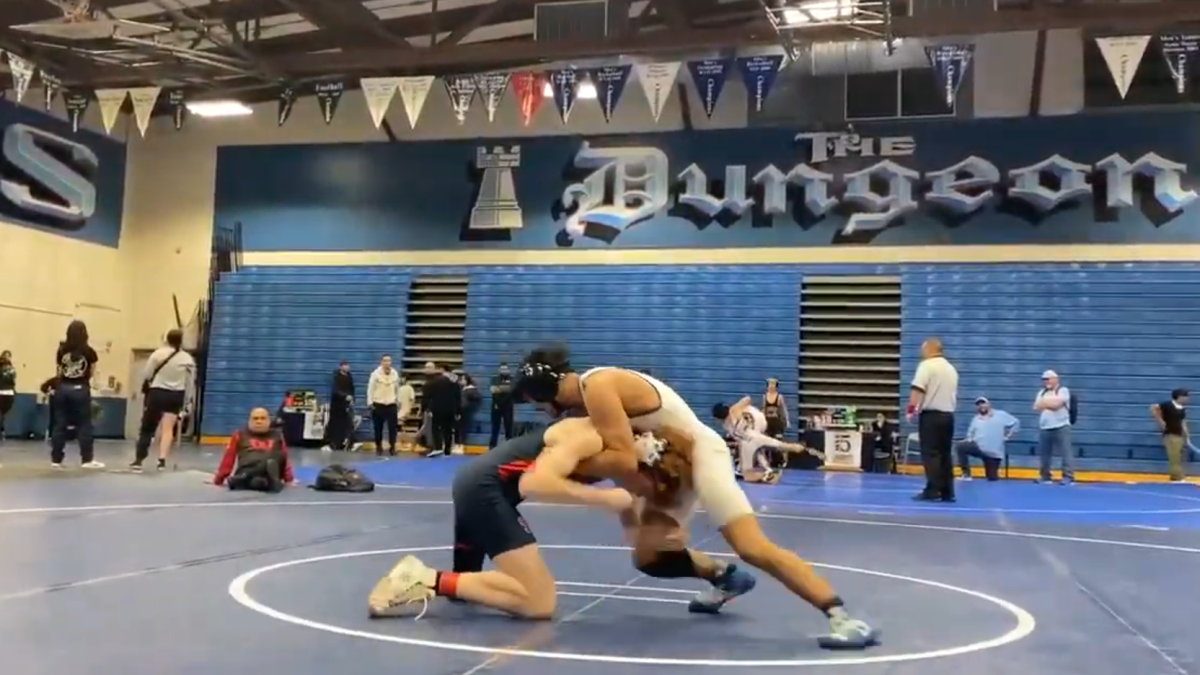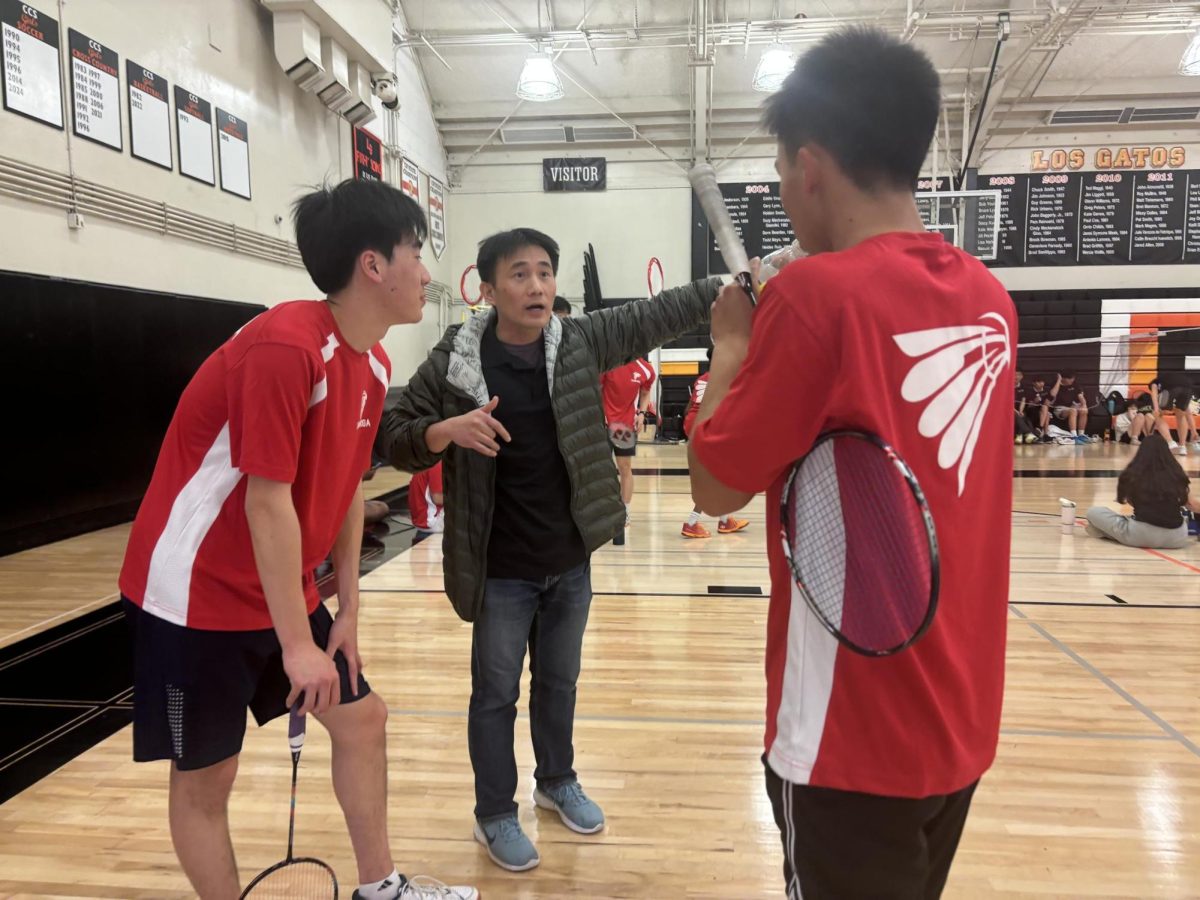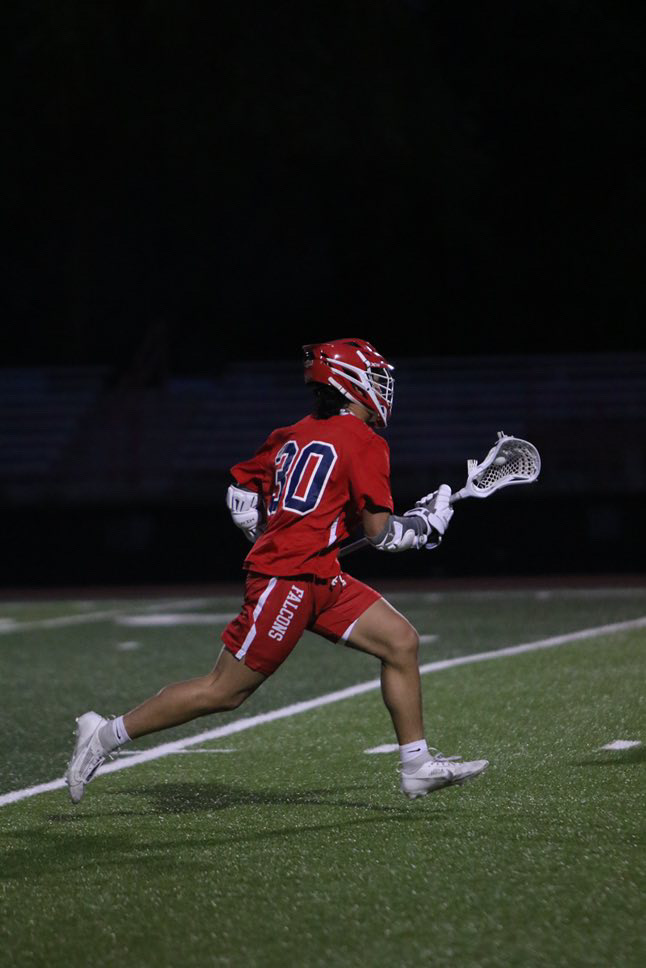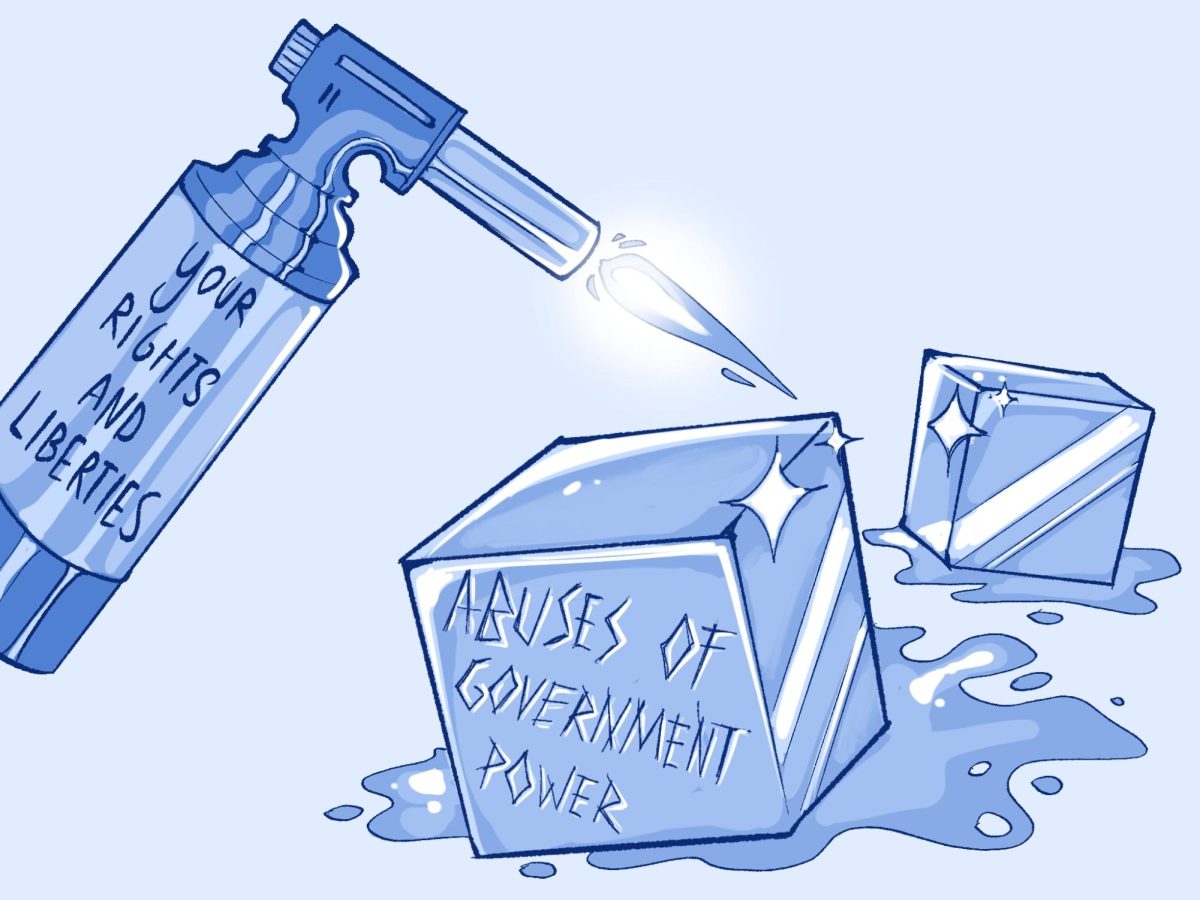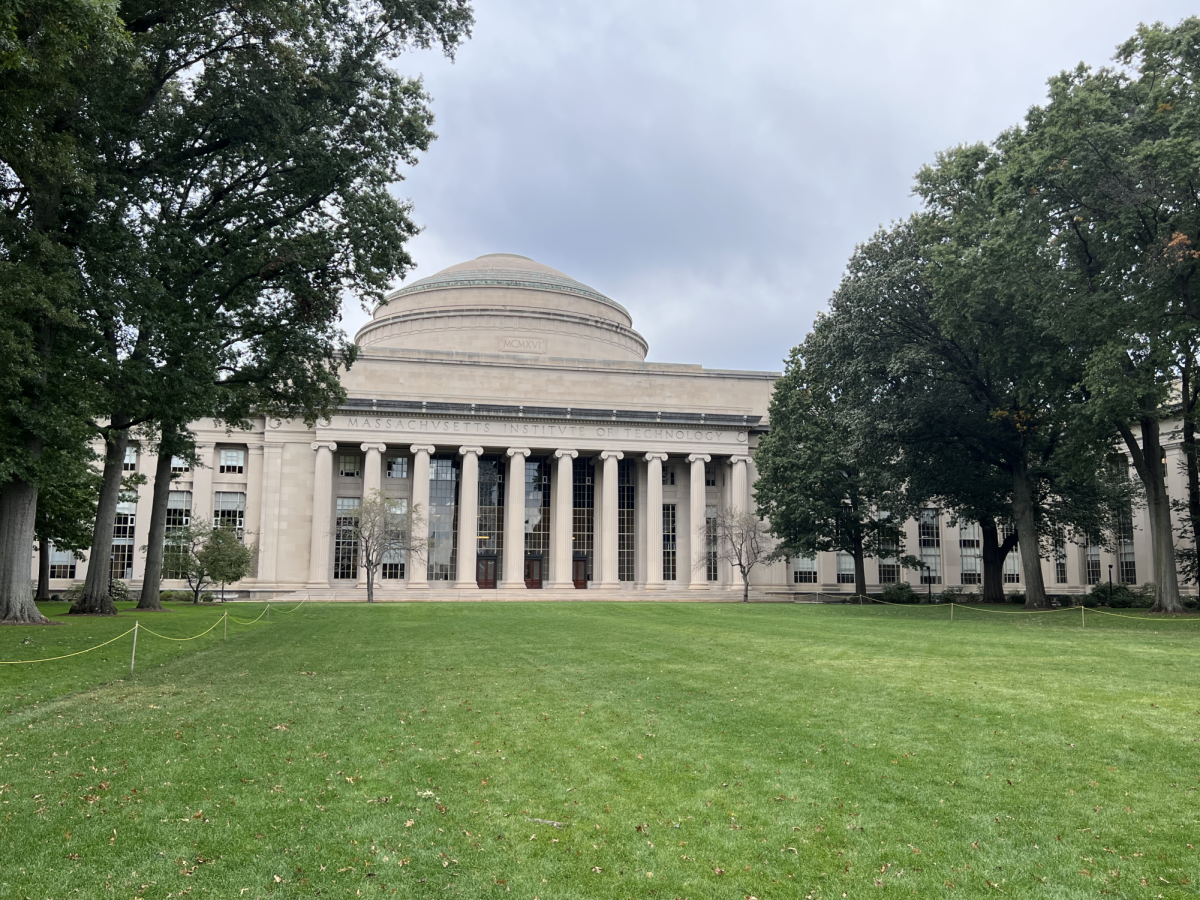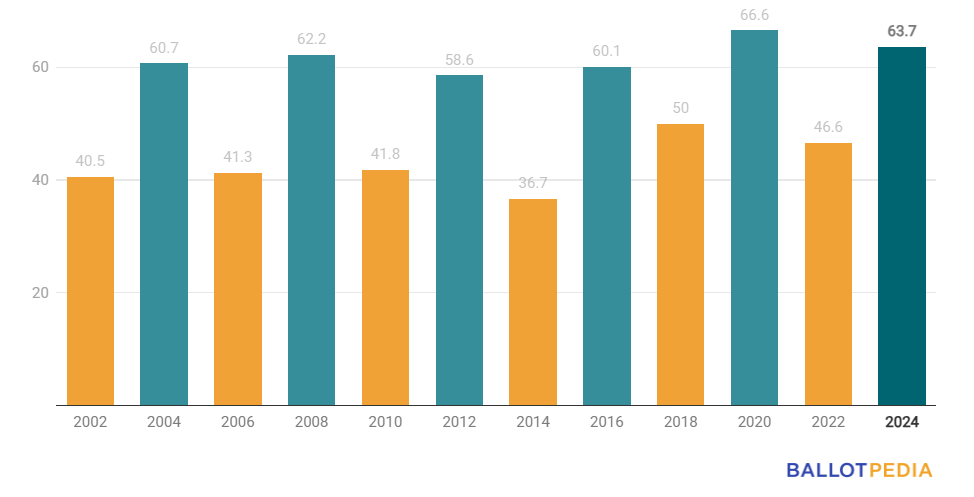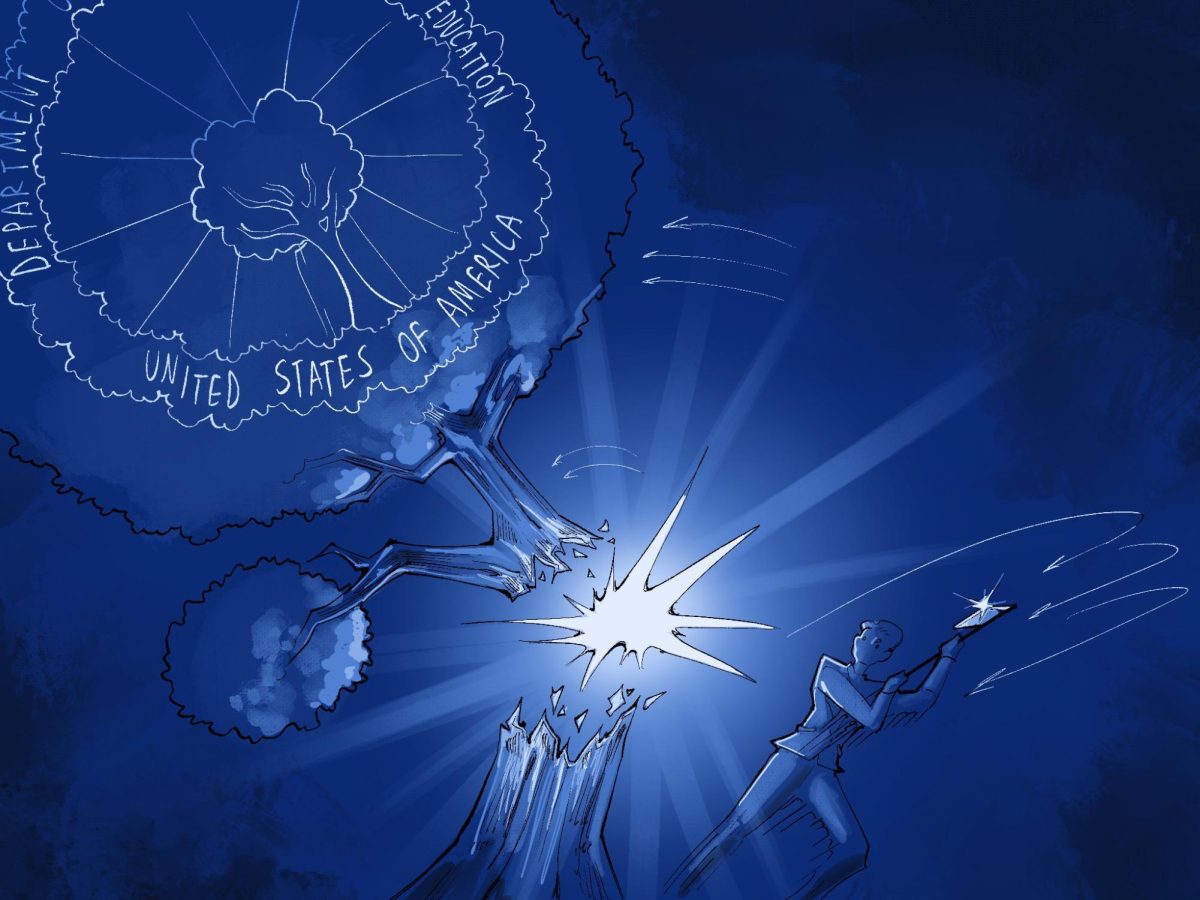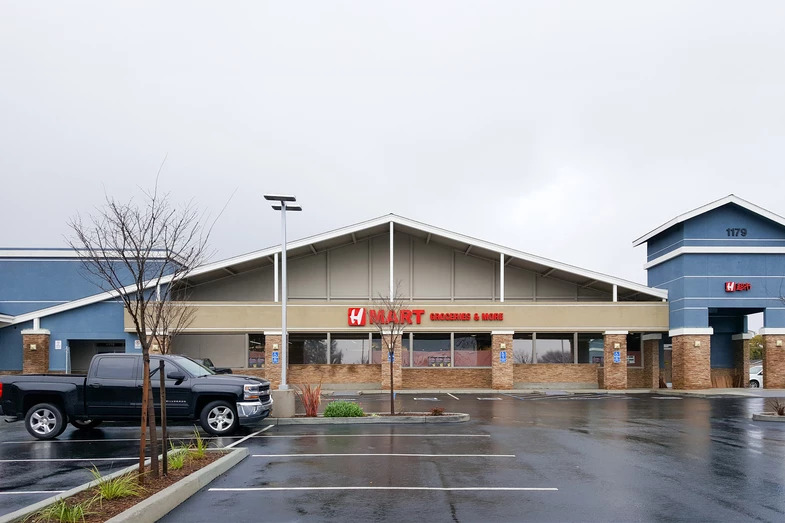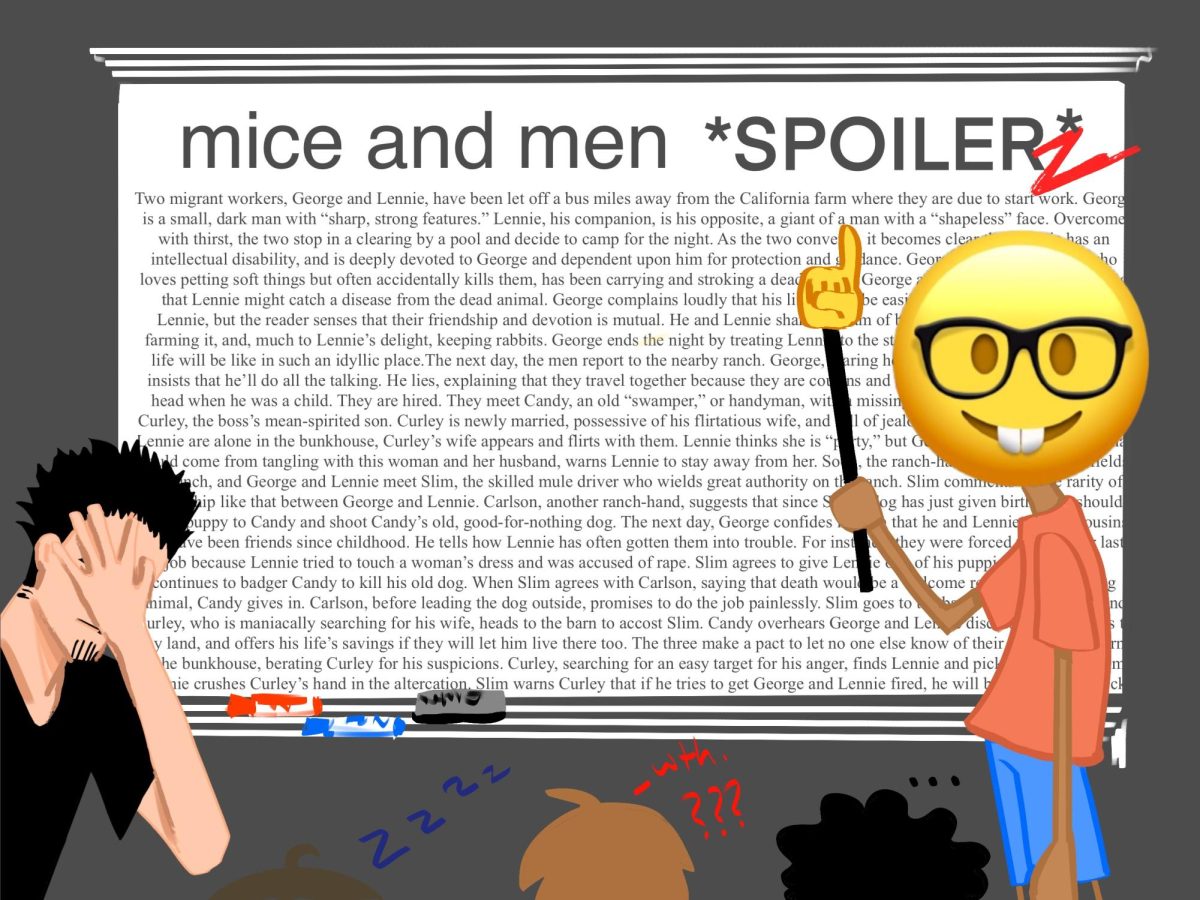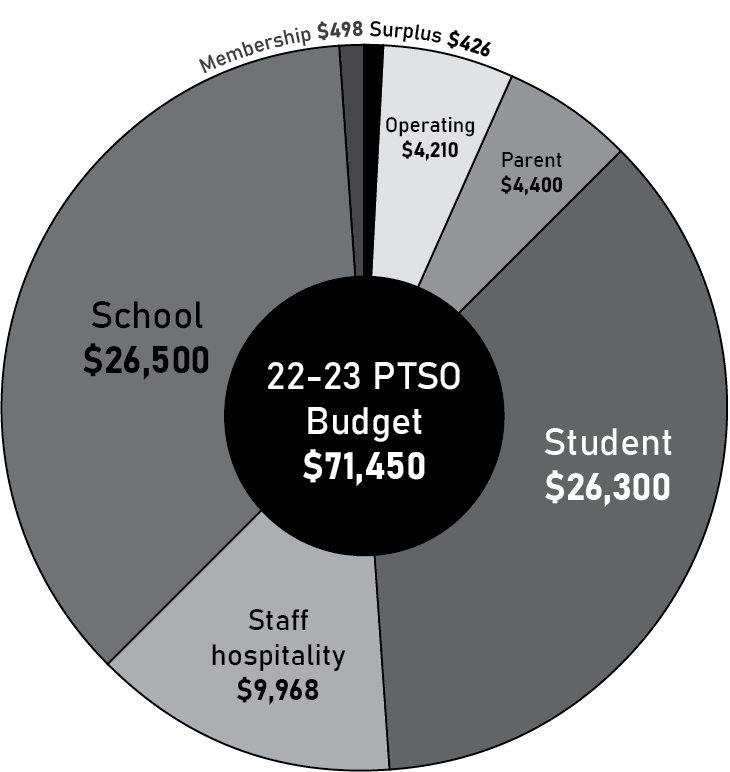On his MacBook, visual arts teacher and Media Arts Program (MAP) Tech Coordinator Joel Tarbox keeps spreadsheets of budget statistics on the costs to host field trips for his students.
Various costs, including bus fees, admission tickets to museums and hotel stays, have been on the rise since the pandemic began in 2020. With the remaining surplus in donations left over from last year — a measly $200 — Tarbox was barely able to pay for field trips in MAP this year. The total field trip costs amounted to approximately $80,000, most of which was covered through the donations given to MAP Boosters.
Even in his smaller Art History classes, Tarbox nearly had to cancel a field trip to the Asian Art Museum planned for Nov. 28 because asked-for donations fell short of covering the cost of a bus. Luckily, he salvaged the trip by converting to a smaller bus.
“Something in COVID shifted our donation amounts, so we need to make it clear that these trips won’t run without the money because I think people want to support them,” Tarbox said. “There aren’t any other funding sources to make up for it; we just got to get people back in the groove.”
These difficulties in obtaining enough funding to support his MAP and art students are part of an ongoing trend. Every year before the annual Falcon Fest, all Saratoga High School families receive an envelope in the mail filled with “donation” forms. Even if they don’t understand exactly where their donations are allocated to, most parents still choose to donate to these organizations, including the Parent Teacher Student Organization (PTSO), SHS Foundation and other departments their children might participate in.
In recent years, however, more programs have been struggling to attain funds to meet basic necessities for students. Often, these departments have to resort to fundraisers such as partnerships with restaurants to make ends meet.
Departments and organizations across campus agree that the root cause for inadequate funding is a lack of clarity to the parents, since many believe the misconception that the school budget already provides enough allocations for each department to special activities like field trips.
However, for elective programs and independent organizations like PTSO and speech and debate, those funds must come from parents or other donors.
“Donations aren’t optional,” PTSO president Lingling Sun said. “The issue is, from the output side, it’s a must [in order to support our students]. But from the input side, [donations] aren’t required.”
MAP and PTSO: the root cause of the issue
California’s Assembly Bill 1575, introduced in 2012, prohibits schools from charging fees for participation in classes or extracurricular activities. In other words, while schools can charge for certain fees such as food served to students, the cost of replacing school supplies and certain district-sponsored activities, all donations must be “truly voluntary.” Activities like field trips and sports meets are not sponsored by the district, so most donations must come from parents.
The PTSO is one example of the various support systems school programs rely on for funding. This year, the program raised approximately $87,000, primarily from Just Do It campaigns, PTSO memberships and matching funds.
It plans to spend $86,600 on staff hospitality, school, parent and student programs, including approximately $25,000 in staff grants, $12,000 for Grad Night expenses, nearly $4,000 for the two annual staff luncheons, $6,000 for the annual on-campus BBQ event and $3,300 in total for class funds.
However, in a PTSO survey that received 43 responses, most parents were largely unaware of where PTSO funds are allocated. Less than a quarter of parents were aware that PTSO makes one-time grants to support teachers and students, including hard copies of books for English classes, snacks for special education students and supplies for math teachers.
Sun said the key to resolving this misunderstanding is having students inform their parents about the importance of donations.
MAP actively enlists parental help through its Boosters program. Every year, MAP hosts one field trip each for the freshman and sophomore classes. The freshman field trip to Salinas costs $3,805 and the sophomore field trip to Los Angeles costs anywhere between $800 to $1,000 for each of the 60 students who go, not to mention additional expensive bus fees.
The two annual field trips held for each of the junior and senior classes allocate $2,500 for the Amazing Race team building activity at San Francisco and a weekend retreat to the Asilomar Conference Center for seniors, which costs anywhere between $18,000 to $23,000.
In addition to the $88,000 cost for field trips, MAP Boosters, which raise around $45,000 each year, also pay for any equipment replacement. The district allocates approximately $4,000 to $5,000 for the entire coverage of MAP’s expenses annually.
As a Career Technical Education (CTE) program, MAP also receives approximately $10,000 to $15,000 annually from the state. During years when more expensive technology needs to be replaced, however, that amount is not nearly enough: Tarbox plans to replace all the 32 iMacs in the media lab soon, an action that removes nearly $60K from the budget; cameras also cost anywhere from $800 to $1,000 each. Tarbox said that all fees are paid for by parental support, CTE funding and school allocations.
Sports: donation misunderstandings perpetuate stagnation
While MAP is supported by district and state funds, the sports budget depends largely on parental help. According to athletic director Rick Ellis, the budget is set up in two sections, the first of which, called General Athletic, raises nearly $75,000 from Sports Boosters and supports transportation, training supplies, state and league dues, van fees, weight room supplies and other miscellaneous factors. The second section comprises of funds raised for each individual sports teams and pays for various equipment such as nets for soccer goals and hurdles for track and field.
At the beginning of the season, parents of athletes who participate in a sport with bus fees and officials are asked to donate $250; those without bus fees are asked to donate $100, and those with neither are asked to donate $50.
“The [general athletic funds] and individual team funds work together to ensure that every athlete has the resources they need to succeed,” Ellis said. “For example, basketball coach [Mike] Davey wanted to participate in tournaments but there wasn’t enough money in his team account, so the athletic general fund can make sure those fees are paid up front.”
Ellis said the amount spent each year also fluctuates depending on the number of athletes who qualify for the state tournaments, as the athletic general fund pays for any necessary hotel stays.
While funding has been relatively low for the past decade, Ellis said that donations have been “very generous” during the last two years. However, sports teams are still forced to set up fundraisers to make ends meet.
Historically, he said that active parents in the baseball community have raised money through Christmas poinsettia fundraisers. The football team has managed to raise nearly $9,000 through Vertical Raise, an online donation platform that asks each student to retrieve 20 emails and relay donation information to every sender.
“From 2013 to 2018, ASB had to step in and help supplement the lack of funds in the athletic department,” Ellis said. “I think our income kind of parallels the state of the economy, but my ultimate goal is to continuously fundraise for next year’s fees to ensure that we always have money in our account.”
Ellis’ goal is to make the funding system more sustainable for the future, which has been challenging due to the changing levels of donations each year. He also attributes the fluctuation of donations to a general misunderstanding of how the athletic department operates, despite the fact that all coaches are required to provide parents an itemized budget of their individual sports team at the beginning of the season.
Many parents mistakenly see sports as an extension of Physical Education, which is part of California’s free public education programs. However, all sports expenses are supported independently through sports boosters and corporate matches. All funds go to support individual teams, and any surplus left at the end of the year is returned to ASB.
Additionally, Ellis said that most coaches have professions outside of coaching for Saratoga sports. As a result, when the season begins, coaches come back on campus after the offseason to ask for materials that need to be replaced. Instead of raising more money to pay for materials that are needed that year, Ellis said that the goal would be to have enough left in individual team accounts so that teams don’t have to start from scratch each year.
“We want to make it simple for families, knowing that they’re generous and they want the best experience for their child; everyone has the right intentions,” Ellis said. “We just need to streamline it so that parents clearly know where the money goes.”
Speech and debate: team thrives despite inadequate contributions
While speech and debate only has 50 members this year, its donation boosters system is responsible for raising $40,000 to $50,000 annually to pay for professional coaches, competition fees for 45 tournaments and membership fees for the National Speech and Debate Association.
The team has historically struggled with gaining enough donations to support its members: Last year, the team had to host a fruit-and-veggie sale and a Chipotle fundraiser, as donations were insufficient to pay for tournament fees.
President Shelly Shi attributed the initial low donor participation rate to a variety of factors: Some parents forget or miss donations due to the heavy influx of forms at the beginning of each school year, while others misunderstand that donations don’t have to be paid every year, she said.
However, the program has significantly increased its donations turnover rate this year by reaching out individually to families over email and phone calls to explain the importance of donations. By the end of September, approximately 40% of families had donated; after the team’s efforts, about 70% of family members had made donations by the end of October, which helped the club reach the “break even point,” according to Shi.
Despite the increase in donations, Shi said the club still had to suspend its original goal of hiring more coaches. Instead, the club has tried to leverage existing coach resources, a task made more feasible by what she called “great student leadership” this year: Shi said that captains Asish Goswami, Leo Jia, Skyler Mao and Timothy Leung helped a lot during practice time and shared their tournament experience with other students.
“The lack of donations will impact the quality of the club, and will most likely also impact student’s performance and S&D opportunities for the speech and debate,” Shi said. “We want every student in our club to have a great experience, but it can’t be achieved if we don’t have enough donations and volunteers.”
While the donation levels are not optimal, speech and debaters have still managed to excel at tournaments. Compared to other private schools that have more than 200 members, about 10 to 20 coaches, and a participation rate of 10 to 15 tournaments every year, Saratoga’s program still manages to provide students with numerous tournament opportunities, Shi said. Last year, the program received 38 total speech and debate tournament awards, with six students qualifying for the National Speech and Debate Tournament.
In the future, the club plans to request more donations from club alumni to help support students and host activities such as more fundraising events.
Music donations: a model of success
Compared to other organizations on campus, the music department has experienced fewer issues with donations for cost-intensive programs.
For example, the band allocates approximately $1,375 per student and usually attends four competitions annually, with each competition involving at least one overnight stay, accompanied by bus and hotel fees for over 200 students.
The program’s success can be attributed to a few factors, according to music director Jason Shiuan: a long history of Music Boosters, a combination of Redwood Middle School and Saratoga High School’s donation funds and clear communication with parents.
The Music Boosters system has been established for nearly three decades, meaning it has had more time to “ingrain itself into the music community,” Shiuan said. It involves two parts: the first, called the Benefactor Program, allows anybody to donate any amount and is not tied to any particular sector.
This program typically pays for buses and instruments for elementary and middle school chamber groups, which Shiuan said is important for getting students to start earlier and continue through high school. The second, called Program Contributions, primarily comprises of individual, voluntary donations with the option of matching funds. Program Contributions typically pay for equipment repair and the overnight, bus, food, coaching and competition fees required for tournaments.
Most notably, the fusion of the middle and high school booster programs has helped parents become more accustomed to the amount of donations needed at an earlier time, allowing them to better understand the need and specific allocations for all donations.
In addition to music director Michael Boitz’s vision of a combined boosters program, Music Boosters president Dave Holt also suggested that the department give a 5-year vision at each annual middle school parents night presentation.
“I think [Holt’s idea] is kind of unique to what we do in music, but it has helped parents have a tangible and concrete theme that they can see at the end of their donation, as they can visualize that their child will do X, Y or Z in high school while they’re a sixth grader,” Shiuan said. “Then, it feels like an investment — not like just a direct payoff.”
Besides the 5-year vision communicated at parent meetings, Shiuan said that parents are also notified of what specific factors their donations support and the potential results of inadequate funds.
While he approximates the yearly donation turnout as 80% to 90%, Shiuan mentioned that the music department has had to cancel competition participation before due to a lack of funds. For example, he said that the band had to cancel one of its competitions last year due to increasing costs of hotel rooms and bus fees.
“The donations system in California is kind of a double-edged sword: while we can’t require them, parents are given an option to match donations with their companies, which is a benefit of living in Saratoga,” Shiuan said. “I don’t see costs going down anytime soon, and we’ll definitely have to navigate rising costs especially for coaches going forward. I think these things are going to be really difficult for any program on campus.”

